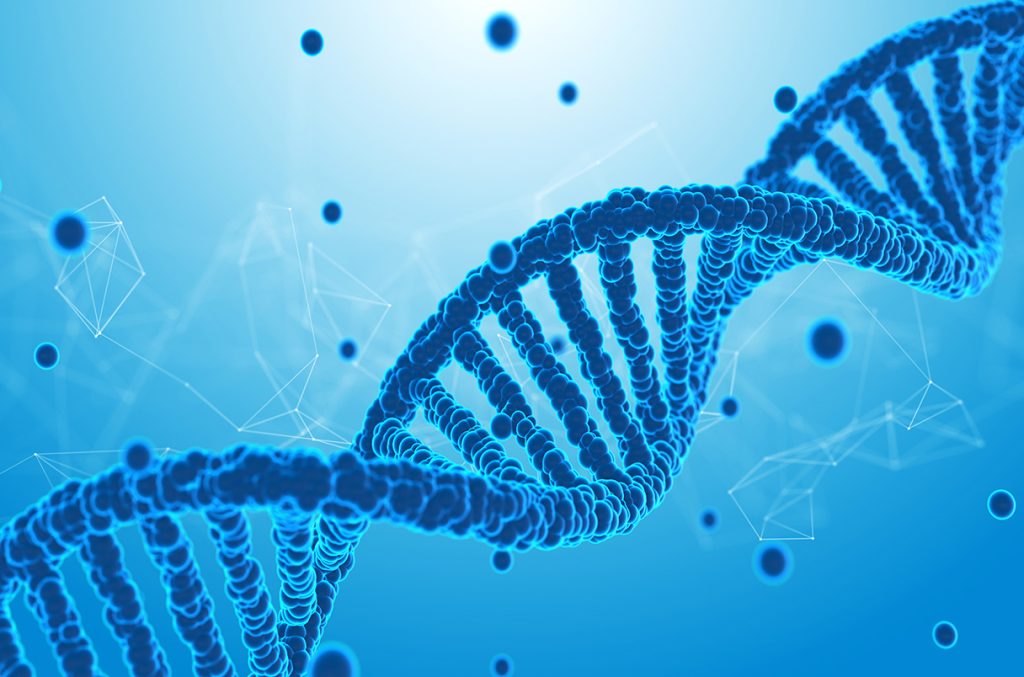
In modern medicine, doctors can detect diseases specific to a person’s DNA to help tackle hereditary conditions and find a suitable treatment. Previously, DNA sequencing would take weeks for patients to get the results, but now they can have it the same day they took the test. Technology has changed since the 1970s, and genomic sequencing can achieve much more than in previous years. Let us look at the procedure’s benefits to patients.
What is DNA Sequencing
DNA sequencing offers an in-depth analysis of a person’s genetic variation and mutation. Scientists use the information for research, while medical practitioners use it for patient diagnosis or treatment for various conditions. Transcriptome sequencing has numerous benefits to patients. It reduces the time it takes to get a diagnosis and start treatment, which helps reduce healthcare costs while eliminating the chances of patients needing intensive care if certain diseases are not managed early. Here are other reasons why sequencing is essential;
Quick Diagnosis
Healthcare service providers have numerous people visiting their facilities daily to access medical services, which causes a challenge in service delivery. An influx of patients will diminish healthcare quality, but people can get rapid diagnoses for their conditions with sequencing. You dont need to wait gor days or weeks to get the results for your genomic analysis. Through rapid diagnosis, patients save money, and facilities can handle more people. Still, it supports personalized treatment, which guarantees quality healthcare. The test turnaround is less than 24 hours, with others taking less than 10 hours to complete.
Quick diagnosis is possible through investing in the best technology for the job. Healthcare facilities must invest in hardware and software when integrating the procedure into their processes. It makes it possible to sequence various panèls of genes simultaneously. Also, they’ll need adequate storage space to keep the data, which can be considerable. With cloud storage, service providers can scale up as the need arises and dont have to purchase hardware for data storage. Apart from storage, there is a need for digital tools to assist with data analysis and quality checks. The turnaround in getting results for DNA sequencing will depend on the machine’s computing power.
Improved Accuracy
Before technology advanced, analyzing a whole DNA strand was impossible. Scientists would have to break them down into parts to conduct genetic sequencing. The traditional method was hectic to complete as they had to piece them together to make a diagnosis. Getting an accurate diagnosis after separating a patient’s gene makes it challenging. However, with modern technology, labs are switching to long read sequencing to improve accuracy in results and speed up the process.
Some conditions would be challenging to identify when using the traditional sequencing method, especially mutations on a continous DNA strand. Long-read sequencing is critical in identifying errors in DNA that could be the cause of certain conditions.
Heart Conditions Treatment
Some heart conditions remain mysterious, but genomic sequencing can help diagnose inflammation in heart tissues. It prevents fatalities that may happen due to delayed diagnosis, with some of the conditions being reversible.